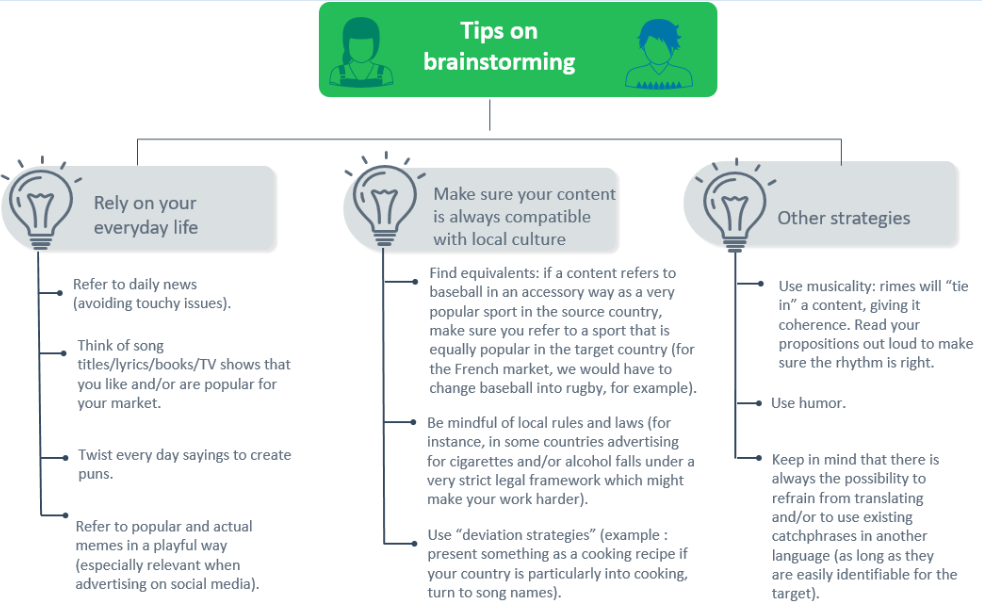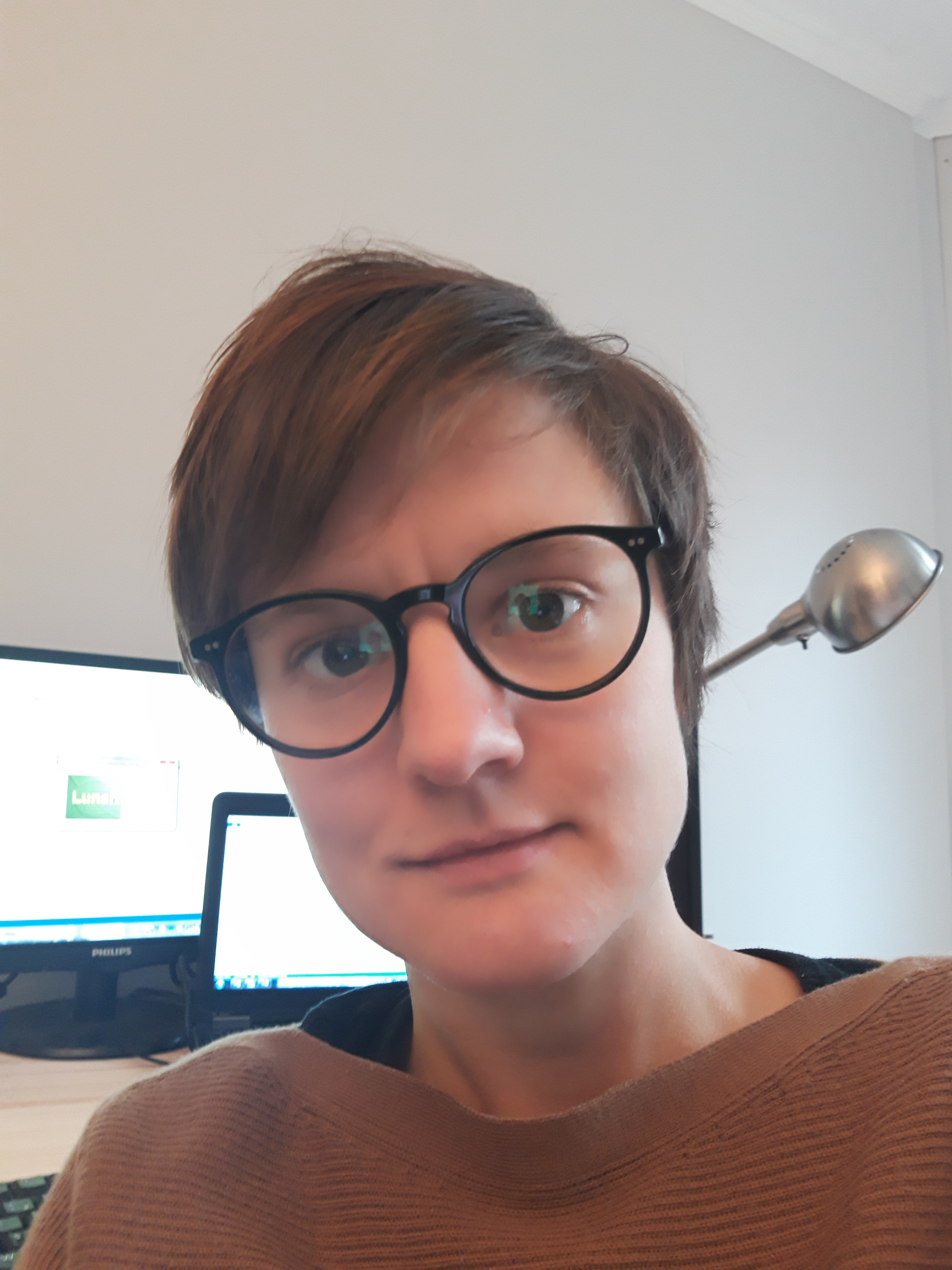In case you're not aware, today we celebrate International Mother Language Day - launched by UNESCO back in 1999. This annual celebration gives us an opportunity to reflect on linguistic diversity, and promote awareness of the 6,500 languages spoken throughout the world.
As a business, it's important to consider your customers' language, cultural enrichment and how to communicate with them in a way that fosters trust. But, with so many languages, how can companies ensure they're speaking to customers in their own, mother language? Lucie Dubas-Moorhouse and Juliette Dubois, both senior translators from RWS, offer insight on how they, as linguists, advise brands on why they shouldn't rely on pure translation, and instead consider the art of transcreation when speaking their customers' language.
Why it's more important that ever to speak your customers' language
If you’re looking to reach global audiences, translating your content is paramount. Only 20% of the world’s population speaks English. And let’s face it, people prefer to buy goods and engage with brands in their own language.
Almost three-quarters of consumers in Japan (and 61% in France) admit they would only buy from sites that are in their own language.
In today’s era where marketing campaigns can no longer rely on customer loyalty and must ensure personalization, brands need to make sure their products, websites and content are as locally relevant as possible. As a business, you have two options when it comes to translating your website – pure translation, or transcreation. Most of us are familiar with the basics of translation. But what’s the difference between translation and transcreation? For translation, think words; for transcreation, think feelings. Ultimately, transcreation is about finding creative ways to impart a source message or content in a way that resonates in another culture. It requires a deep understanding of both languages and cultures. As this concept sits at the intersection of translating the old and creating the new, it is “trans-creation.” The goal of transcreation is also slightly different: be as idiomatic as possible to capture/retain end customers.
The transcreator and client relationship needs great communication
Often in transcreation the translator’s job is to offer the client a diversity of suggestions which they can choose from. Our role is less prescribing, more open to amends. And that’s why communication is key.
Whilst this is true, translators should be aware that the client doesn’t always realize that what they are asking for is transcreation. This is very true in big batches where a few challenging taglines might be lurking in amongst more conventional content. The linguist should never shy away from raising the subject with their client.
Yet, there are things we do need from the client.
We always try and educate our clients on the importance of a brief that explains: target, intent, media, potential pitfalls, images, etc. For example, a campaign that will be mainly social media based (and therefore rely more heavily on memes and such phenomenon that are by essence short-lived), will differ from a campaign intended for more long-term media.
Good and open communication also helps us ‘sensibilize’ the linguistic aspects. As an example, sensibilizing clients and project managers to the fact that a tagline comprising of two sentences in English might not need two sentences when transcreated is crucial. As a rule, the content in the target language may seem very different from the source, but that doesn’t mean the message isn’t equivalent.
Understand the translator's point of view
More often than not, when we have a client for transcreation, we are already in charge of their “regular” content, which means we have that client knowledge and in the end a higher respect of the client’s brand image, brand consistency, etc. This helps us to have a holistic approach to client content – invaluable when it comes to something as tailor-made as transcreation.
We have seen unfortunate situations where the client would hand over their regular content to RWS, and their more creative content to advertising agencies. While we understand the logic behind this, we need brands to trust us on the subject. Outsourcing to different suppliers could result in a lack of coherence and can often introduce unnecessary communication complexities as there is often a communication bottleneck between different suppliers. Trusting us with your basic as well as your more creative translation needs means we can unify content by creating echoes and walkways between your different campaigns: one motto featured in a product description will – if it fits (and remember, you have the last word on this) – end also up featuring in your videos, web banners, promotional emails and posters.
Our aim is for your brand to be easily identifiable and “likeable” without your content ever sounding repetitive or at odds with the context. This is especially true of taglines, those little sentences meant to catch the consumer’s attention that are central to so-called “nudge marketing” techniques. With a successful tagline, a potential consumer is more likely to remember your brand and choose your products when the choice arises. That’s behavioral economics 101. And what other ingredient is more important for a successful tagline than a fool-proof adequacy to the cultural context, with linguists who know your brand and whose writing techniques are poised somewhere between the trendy and the avant-garde?
Pain point for translators: the difficulty to estimate the time needed
Just like any other art form, transcreation cannot be forced. As such, it can behard to predict how long it will take. There are however tricks one can turn to in order to start transcreating, and for that we encourage anyone to
read this blog. The list below is neither comprehensive nor imperative, it is just meant as a guide for the linguists (and brands) who would like to give transcreation a try:
- Read the whole brief and ask queries right away if anything is unclear (do not go on assuming anything because… well, we all know what happens when we assume).
- For languages that have formal/informal pronouns, make sure you know which one to use. If the client isn’t sensiblized to the subject, make sure someone tells them about the stakes.
- Check with your project manager if you will have access to a client representative for your language during the task.
- Start brainstorming and at this stage make sure you write down every single idea you might have (even the ones that you don’t think fit – you might be able to make them evolve/fuse them with other ideas, etc). See the infographic below to give you an idea of how to map out your brainstorming sessions.

- If in any doubt about a legal aspect of something: make sure you contact your project manager about it. Example: in some countries, advertising for cigarettes and/or alcohol falls under a very strict legal framework that might make your work harder (you want to make sure your client knows about it to avoid having to rework your entire proposition when it gets rejected by your legal department).
- Come up with a few propositions and submit them to your local client representative if possible (to confirm/infirm the path you’ve taken).
- Ensure back and forth communication, exchanging ideas and propositions. Some clients can be very participative, others can be more laid back, or even unreachable.
- In general, favor quality over quantity.
The recent shift from translation to transcreation reflects the shift in marketing trends, where brands must deliver campaigns that are highly personalized and relevant to each and every potential client.
Brands should feel transcreation offers a real benefit to them and that outsourcing to a specialist partner makes perfect sense. At RWS we have an extensive network of expert in-house linguists, pre-qualified freelancers and specialized providers – giving us the ability to
transcreate across any language or industry. Is your provider able to offer the same level of expertise? We work hand-in-hand with copywriters gleaned from the advertising industry. It’s an exciting time for the industry, and COULD be an exciting time for your business.
This blog has been co-written by Lucie Dubas-Moorhouse and Juliette Dubois. Juliette is a French Senior Lead translator. Headphones, voice assistants, travel, fashion, tractors, cars, air compressors - she's translated/transcreated/post-edited it all in 10 years with RWS.



